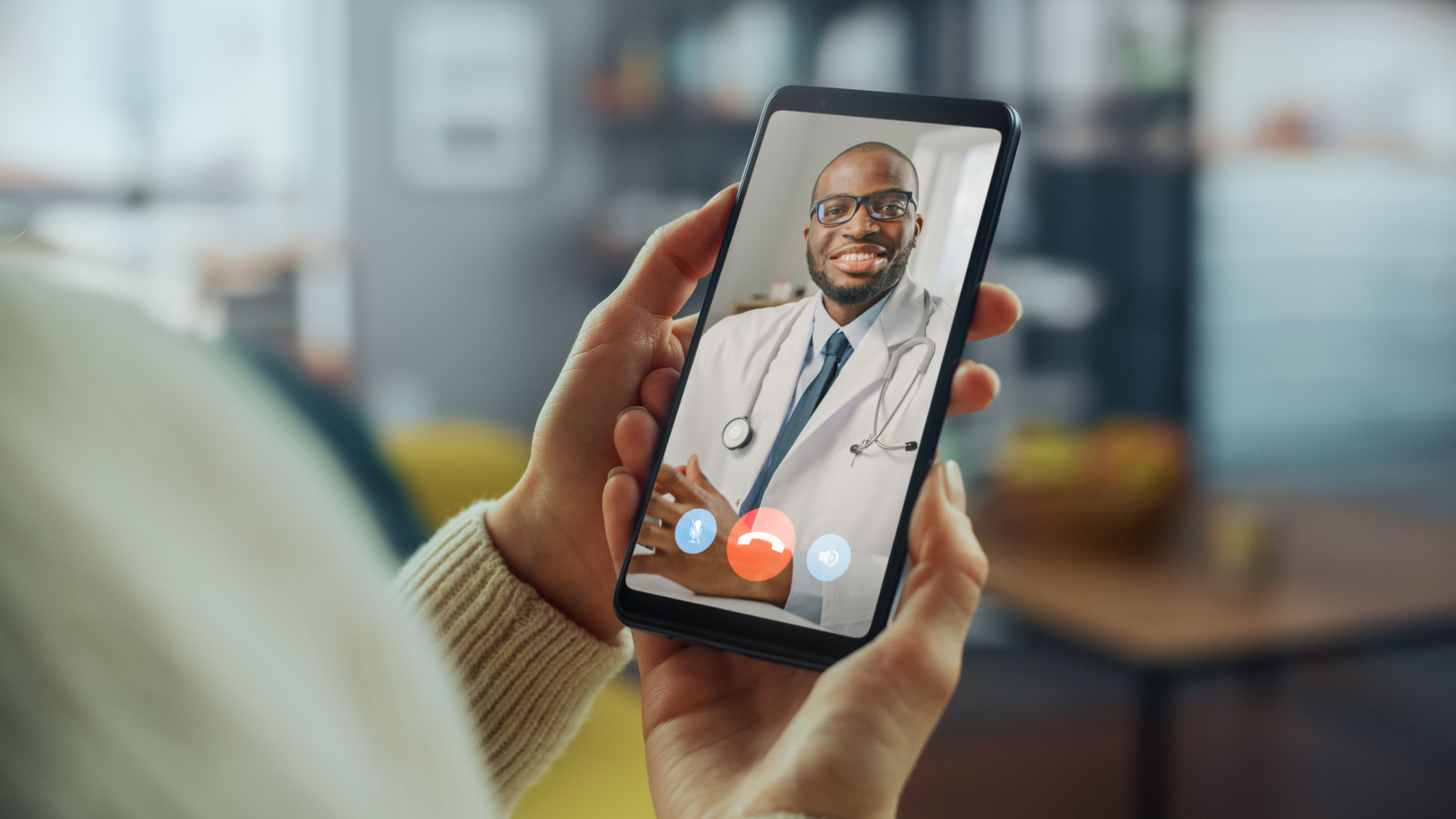Article
Sound Therapy Polytherapeutic Demonstrates Clinically Meaningful Tinnitus Outcomes
Author(s):
Use of prototype app UpSilent resulted in clinically meaningful changes in tinnitus and superior outcomes across most measures after 12 weeks compared with popular app White Noise.
A prototype digital therapeutic that provides goal-based counseling with tailored game-based sound therapy led to superior outcomes for tinnitus compared with the popular sound therapy app, White Noise (WN).
Between 5% and 43% of the global population—depending on definition and population sampled—experiences tinnitus, which is generally defined as a false perception of sound, including ringing or other noises in one or both ears. Tinnitus can result in or worsen difficulties with sleep, concentration, anxiety, depression, and hearing.
The authors of a study published in Frontiers in Neurology aimed to determine if a prototype digital therapeutic called UpSilent (USL) could provide better outcomes for tinnitus over 12 weeks compared with WN.
The USL smartphone app included 3 modes: passive listening, active listening, and counseling. In the study, the app was supplemented with Bluetooth bone conduction headphones, a Bluetooth neck pillow speaker, and a cloud-based clinician dashboard for messaging and app personalization. The WN app was supplemented with headphones with no customization by the clinician, but participants in this control group had access to a range of sounds in the app and could customize based on personal preference.
The primary outcome was clinically meaningful change in Tinnitus Functional Index (TFI) between baseline and week 12 of using WN or USL. Secondary outcomes were TFI total score, TFI subscales rating scales throughout sessions, and the Client Oriented Scale of Improvement in Tinnitus (COSIT).
The study initially included 98 adult patients who had constant tinnitus for at least 6 months, a minimum TFI score of 40, and a maximum of a moderate degree of hearing loss. Patients were randomized to receive USL or WN, and 31 participants in the USL group and 30 in the WN group completed the 12-week trial.
The authors found both therapies provided benefit after 12 weeks. However, use of the USL polytherapeutic resulted in superior outcomes across most measures and clinically meaningful changes between weeks 6 and 12 in a larger proportion of participants vs WN.
Among the USL group, the mean (SD) change in total TFI score was 16.36 (17.96) points at week 6 and 17.83 (19.87) points at week 12 compared with baseline. These changes were deemed clinically meaningful because of the reduction by more than 13 points.
The mean changes in TFI scores for the WN group were not clinically meaningful. The mean change in total TFI score was 10.77 (18.53) points at week 6 and 10.12 (21.36) points at week 12 compared with baseline. Further, a statistically higher proportion of participants in the USL group achieved meaningful TFI change than the WN group.
Of the participants using the polytherapeutic, 55% and 65% achieved meaningful change at 6 and 12 weeks, respectively. Meanwhile, of the participants using the WN app, 33% and 43%, respectively, achieved meaningful change.
Mean TFI, rating, and COSIT scores for participants in the USL group were higher but not statistically different from those of the WN group, and no statistically significant differences were seen in the usability measures.
Several limitations were noted, including the small sample size and the difference in app hardware. However, the study’s use of a randomized model and multiple recommended methods to measure outcomes were among its strengths.
“The intervention tested in this research is a step toward an effective digital polytherapeutic that can accommodate individual goals and predictors of therapy success by employing multiple strategies to modify the neural networks underpinning tinnitus perception and distress,” the authors concluded.
Reference
Searchfield GD, Sanders PJ. A randomized single-blind controlled trial of a prototype digital polytherapeutic for tinnitus. Front Neurol. Published online August 5, 2022. doi:10.3389/fneur.2022.958730





